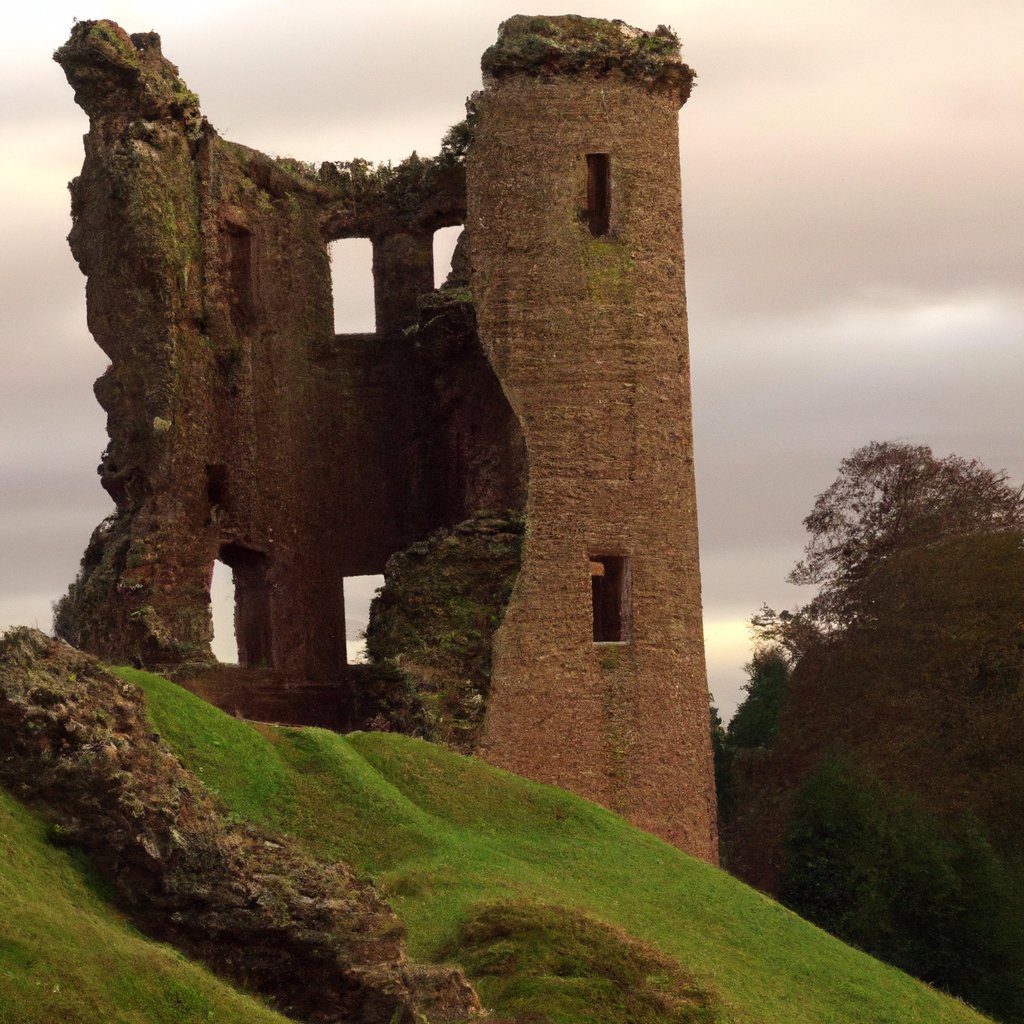Celtic art is among the most fascinating and recognizable art forms in the world. The intricate knotwork, spirals, and other symbols have been used for centuries to adorn jewelry, manuscripts, and architecture. But what is the history and significance of Celtic art? In this article, we’ll explore the roots of Celtic art, its evolution over time, and the enduring importance of this ancient art form.
History of Celtic Art
Celtic art originated in the Iron Age, around 500 BCE, in what is now known as Ireland, Scotland, and Wales. The Celts were a diverse group of people who shared similar cultural practices, including language, religion, and art. Celtic art is characterized by intricate knotwork, spirals, and other geometric designs, often featuring animals, birds, and other natural elements.
One of the earliest examples of Celtic art is the Tara Brooch, which dates back to the 8th century. This intricately designed brooch features interlaced knotwork, spirals, and animal motifs, and is considered one of the finest examples of Celtic metalwork.
Over time, Celtic art evolved to include a wide range of styles and techniques. In the Middle Ages, Celtic art was often used to adorn illuminated manuscripts, such as the Book of Kells, which features incredibly intricate knotwork and animal motifs.
Significance of Celtic Art
Celtic art has played an important role in the cultural identity of the Celtic people throughout history. The intricate knotwork and other symbols were used to convey important messages and convey cultural values.
One of the most recognizable symbols in Celtic art is the Celtic knot. This symbol represents the interconnectedness of all things and the continuity of life. The knot is often used in jewelry and other decorative items, and has become a popular symbol of Irish, Scottish, and Welsh heritage.
Other important symbols in Celtic art include the triskele, a three-armed spiral that represents the cycles of life, death, and rebirth; the tree of life, which symbolizes the interconnectedness of all living things; and the spiral, which represents the cyclical nature of life.
Celtic art has also had a significant impact on the art world as a whole. The intricate knotwork and other designs have been used in a wide range of art forms, from architecture to modern-day tattoo art.
Irish Art
Irish art is perhaps the best-known form of Celtic art. The Book of Kells, mentioned earlier, is one of the most famous examples of Irish art, and is considered one of the finest illuminated manuscripts in the world. The intricate knotwork and other designs in the book have influenced artists for centuries.
Another important example of Irish art is the Ardagh Chalice, a silver cup dating back to the 8th century. The chalice features intricate knotwork and animal motifs, and is considered one of the finest examples of Celtic metalwork.
Scottish Art
Scottish art has also played an important role in the evolution of Celtic art. The Pictish stones, which date back to the 6th and 7th centuries, feature intricate carvings of animals, humans, and other symbols. These carvings have had a significant impact on Scottish art, particularly in the use of animal motifs and other natural elements.
Welsh Art
Welsh art is perhaps the least well-known of the three, but it has played an important role in the evolution of Celtic art. One of the most famous examples of Welsh art is the Peniarth 28 manuscript, which dates back to the 14th century. The manuscript features intricate knotwork and other designs, and is considered one of the finest examples of Welsh illuminated manuscripts.
Conclusion
Celtic art is an incredibly rich and diverse art form that has played an important role in the cultural identity of the Celtic people for centuries. From its origins in the Iron Age to its evolution in the Middle Ages and beyond, Celtic art has continued to captivate and inspire artists and art lovers alike. Whether you’re drawn to the intricate knotwork, the animal motifs, or the natural elements, Celtic art is a fascinating and enduring art form that will continue to inspire for generations to come.







